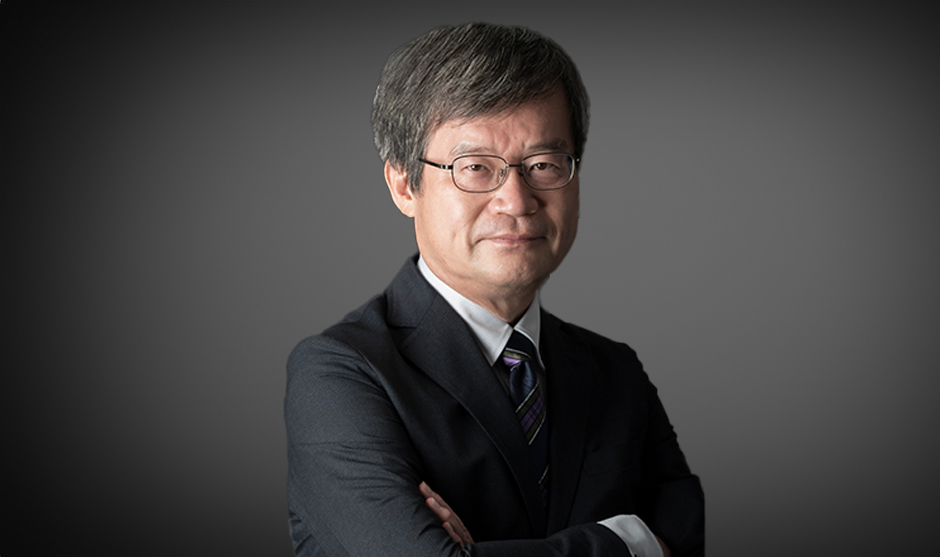
- This event has passed.
Robert F. Davis Distinguished Lecture Series: Presents Dr. Hiroshi Amano, Nagoya University
April 4 @ 4:00 pm – 5:00 pm
Wide and Ultrawide Bandgap Semiconductors: A Journey to the Unknown World

Abstract
I do not remember the exact date, but when Professor Robert Davis visited Nagoya University in the early 1990s, he showed us an amazing image of SiC metal-oxide-semiconductor field-effect transistors operating in a high-temperature resistive heating furnace. His demonstration clearly showed us the future of post-silicon electronics. Today, we are now living in what used to be the future world. In our laboratory, we are focusing on other wide- and ultra-wide-bandgap semiconductors, GaN and AlN, and their alloys such as AlGaN.
The contributions of GaN and related materials to LED lighting for energy saving are huge. The applications of these materials systems are not limited to lighting. By replacing Si-based power devices with GaN-based power devices, we can expect more than a 15% reduction in total electricity consumption. GaN-based high-voltage power devices should become the key devices in establishing renewable-energy-based electricity grids because of their high-speed switching and high-voltage capability. GaN-based high-frequency and high-power transistors will provide a unique solution to realizing millimeter-wave and even THz wireless communication systems. Recently, we have also demonstrated the millimeter-wave oscillation of a GaN-based impact ionization avalanche transit-time diode. By spatially modifying the alloy composition while maintaining coherent growth, we can realize either a p-type or n-type layer without any impurity doping. These new types of doping called distributed polarization doping (DPD), have been applied to p-type AlGaN with high Al composition, for which the realization of a highly conductive p-layer by Mg-doping had long been very difficult. In the case of a conventional Mg doping method, the emission wavelength of III-nitride laser diodes (LDs) is limited to 338 nm, whereas with the DPD method, LDs with emission wavelengths as short as 271.8 nm have been realized. Recently, the room-temperature continuous-wave operation of UV-C LDs with an emission wavelength of 274 nm has been achieved. Using the DPD method, one may also realize an AlN-based p–n junction diode without any impurity-doped layer.
In this talk, I would like to present the progress in the research and development of GaN and AlN and their alloys, which I believe should play a major role in establishing a 100% renewable-energy-based and smart society soon.
Biography
Professor Hiroshi Amano received a Doctor of Engineering from Nagoya University. He is the Director of the Center for Integrated Research of Future Electronics and a Professor at the Institute of Materials and Systems for Sustainability at Nagoya University.
He shared the 2014 Nobel Prize in Physics with Prof. Isamu Akasaki and Prof. Shuji Nakamura “for the invention of efficient blue light-emitting diodes which has enabled bright and energy-saving white light sources.” He is currently developing technologies for the fabrication of high-efficiency power semiconductor development and new energy-saving devices at Nagoya University.